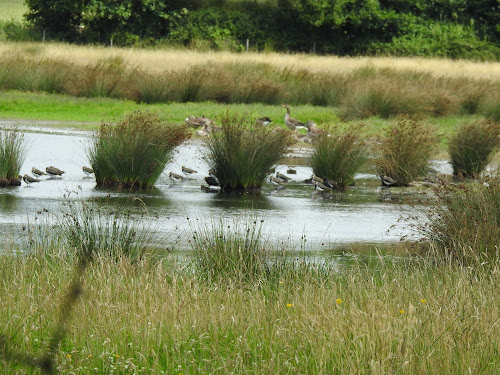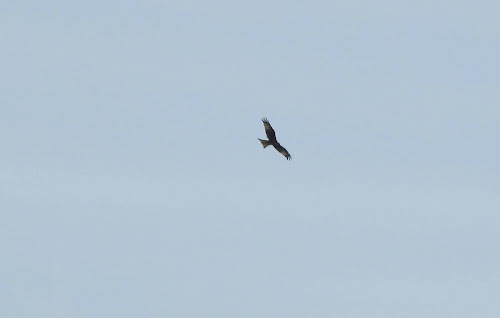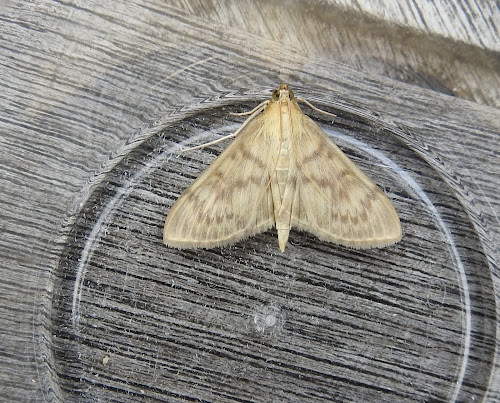I'm pleased as punch this morning.
Last night I switched the bathroom light on and found a large moth resting on the window frame. I dashed back downstairs for a pot and duly caught it. It was a Copper Underwing ag, the first of the year.
Until 1968 there was only one species of Copper Underwing in the UK. Then someone noticed, presumably from specimens, that some of them had more coppery orange on the underside of the underwing than others. It soon became apparent that this "new" species was actually widespread and occupied similar habitats as Copper Underwing.
Nevertheless, moth trappers typically aggregate the species as it seems that the only way to see this feature was to incapacitate the moth and move its wings around to have a peep. For incapacitate, read anaesthetise and hope it doesn't die (or if you can't be bothered, just kill it). Either method seems a bit cruel, so many observers, including myself, were happy to record them as either/or.
In recent years it has emerged that it might be possible to identify them without seeing the underside of the underwing. I should add that seeing the underwing is not as simple as just tipping them upside down because of the way the live moth folds its wings, the vital bit is always obscured.
Well almost always. As my moth started to shiver its wings to warm up I caught a glimpse of orange at the base of the inner underwing. This was a Svensson's Copper Underwing. But how could I demonstrate the identification without harming the moth?
The first new method regarded as a good indicator was to examine the shape of the inner line of pale arrow-head markings across the inner cross band. A very experienced moth-er stated that in almost every case where the inner arrow head was more pointed than the one outside it, the moth would be a Svenssons.
 |
| Svensson's Copper Underwing (note how the most pointed arrowhead marking is almost level with the top of the"eye" circles on each side of the moth's wings) |
OK so that's promising, my moth does seem to show that. But this feature is very subtle, and even the expert was unable to leave out "almost" in his argument.
The next feature to be touted concerned the colour and pattern of the palps. The palps are the front bit on the head of the moth, like a nose. It said that these should be black with a contrasting white tip on Svenssons and greyer with less contrast on Copper.
 |
| The palps |
Again this is very encouraging, the palps are very dark and white tipped. Unfortunately the feature itself has been questioned, and may not apply to all examples.
So this morning I resorted to waiting for the moth to warm up in the pot and was hoping to get another glimpse of the inner part of the underside of the underwing.
 |
| Just about enough underwing showing |
Job done. Ignore the orange underside of the abdomen. Concentrate on the chequered side of the abdomen, and then look at the bit of wing poking out just to its left. The outer part is clearly coppery...ignore that. The inner part, nearer the head end, is also faintly coppery. That's the clincher.
So no more Copper Underwing ag. I reckon I should, with a little patience, be able to identify the next one too.
No moths were harmed during the making of this post.



























































